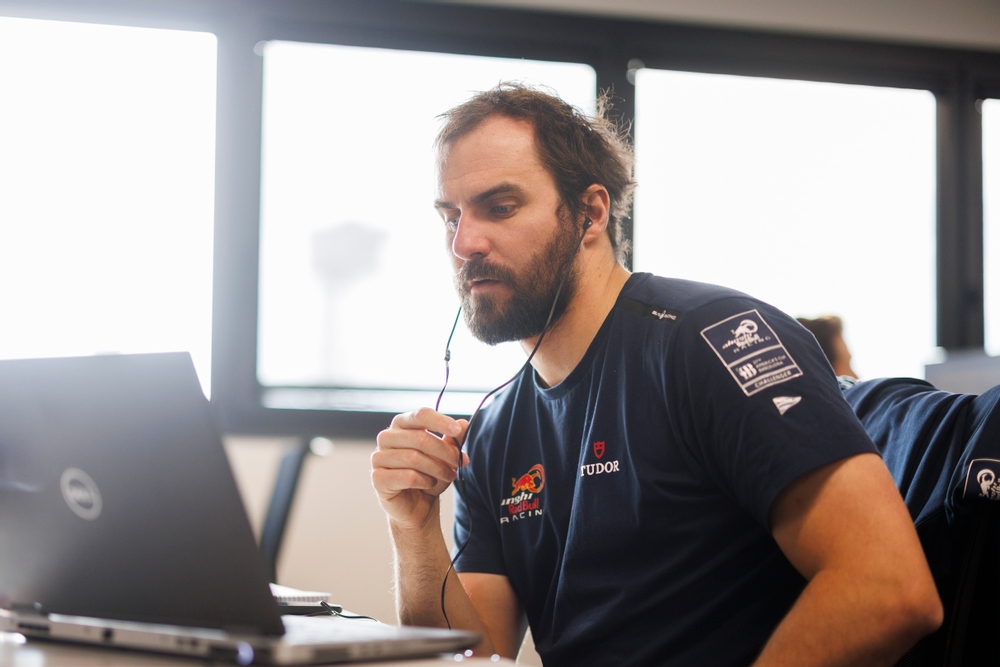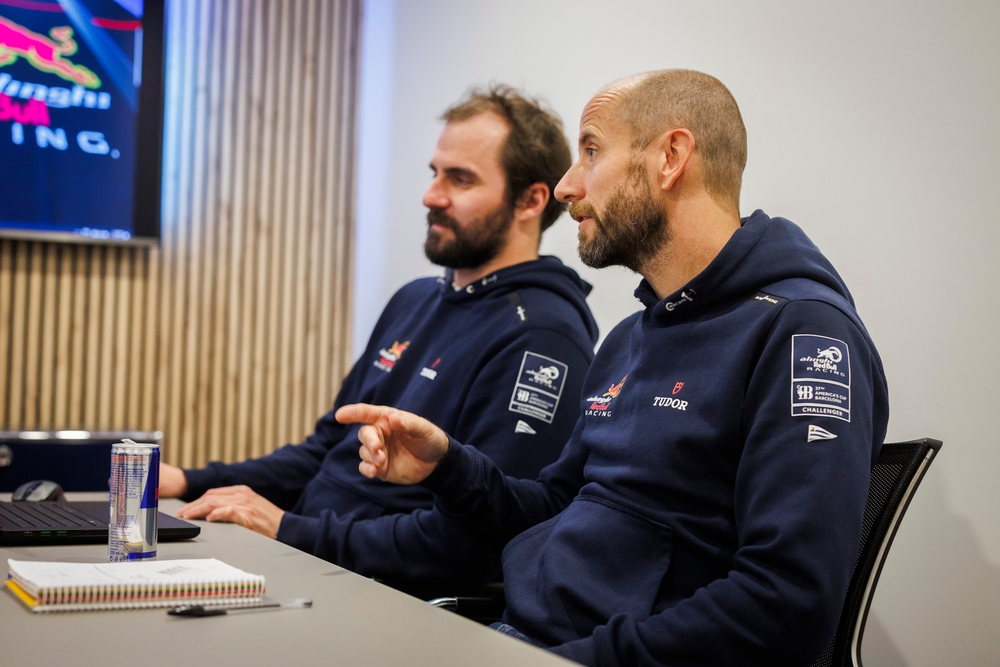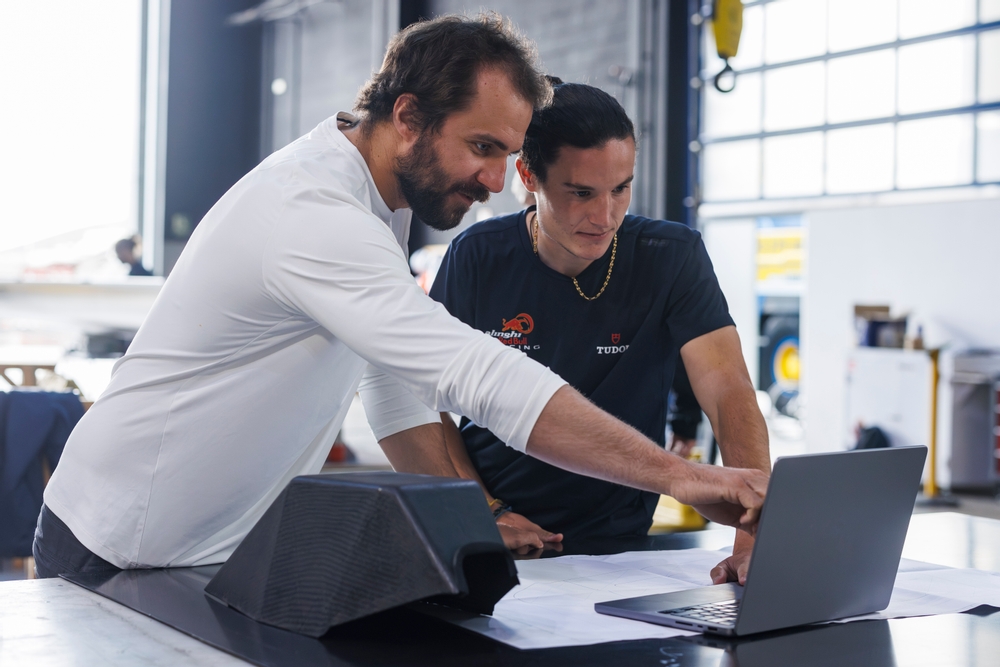“Teamwork defines the Cup”
Performance prediction engineer Arthur Rozand was born to work in sailing. As a young boy, Arthur grew up on a sailboat in and around the harbor town of Nouméa, New Caledonia, a French overseas territory that lies about 1250 km due east of Australia. His parents ran a small civil engineering design office together.
So as a youth, Arthur was naturally surrounded by the sea. The distances they covered on the water was too much to track over time, but he remembers some of the longer trips like the sail to New Zealand, Chile and then back that included a stop in Antarctica.
And when it came time for Arthur to choose his course of studies over a decade ago, it was perhaps no surprise when he ended up studying naval architecture and marine engineering at ENSTA Bretagne in the famous sailing hub of Brest, France.

"The apple didn't fall too far from the tree," said Arthur about his chosen profession. "I love sailing and I had always been passionate about the prediction of performance, so I chose this path because it allows me to have an eye on everything related to boat performance and have the chance to play a central role in the boat."
At ENSTA, Arthur learned the tools of advanced hydrodynamics and physics within marine design. He was also president of the school’s sail racing club.
Today, his role as the performance prediction engineer is about optimizing the boat performance through technology and collaboration across various areas of the design team, working together with coaches and sailors.
"I try to take every designer’s focus on their part of the boat, put it all together and predict the performance to see how to make those pieces work best together," he said.
This means acting as a sort of connective tissue or hub for boat designer Marcelino Botin, principal designer of the Swiss challenger in charge of hydro and aerodynamics, with the sail designers and foil design team, among others.
"In the Cup, what's really important is this group work," said Arthur. "You are working in a big team and you really have to come together to succeed."
He's worked alongside Nicolas Bailey, who oversees the foil program, and aero lead Gautier Sergent and Julien Pilate on the sail design team. And Arthur doesn't work alone in his role, colleague Jaume Triay is a talented Naval Architect from Mallorca that supports Arthur in predictive engineering as well as Data Analyst Andrea Emone.

"That's what I absolutely love about the Cup; teamwork really defines the event itself," adds Arthur.
There are, of course, many examples that emphasize the collective nature of a Cup campaign: the announcement of the sailors, the base opening, the first day of competitive racing, to name a few. The launch of the new racing yacht is certainly another.
With BoatOne, Alinghi Red Bull Racing's AC75 that will be used to challenge for the Louis Vuitton 37th America's Cup, due for her first sail in April, Arthur is excited to see all the work come to reality.
"It’s great to see this boat arrive," he said. "I’ve seen this boat a lot on my computer, but to see it for real is something much different. Everything seems much more advanced."
His team's work is far from done, however. The next months will be about optimizing performance and working with the sailing team to bridge the gap between the day-to-day sailing on the water and the technical design side.
"I like this moment of trying to find a common ground to reach the full potential of the boat," said Arthur. "I'm a science guy, I like coming up with solutions to complex challenges."
Arthur and Jaume will no doubt have many busy days ahead.
